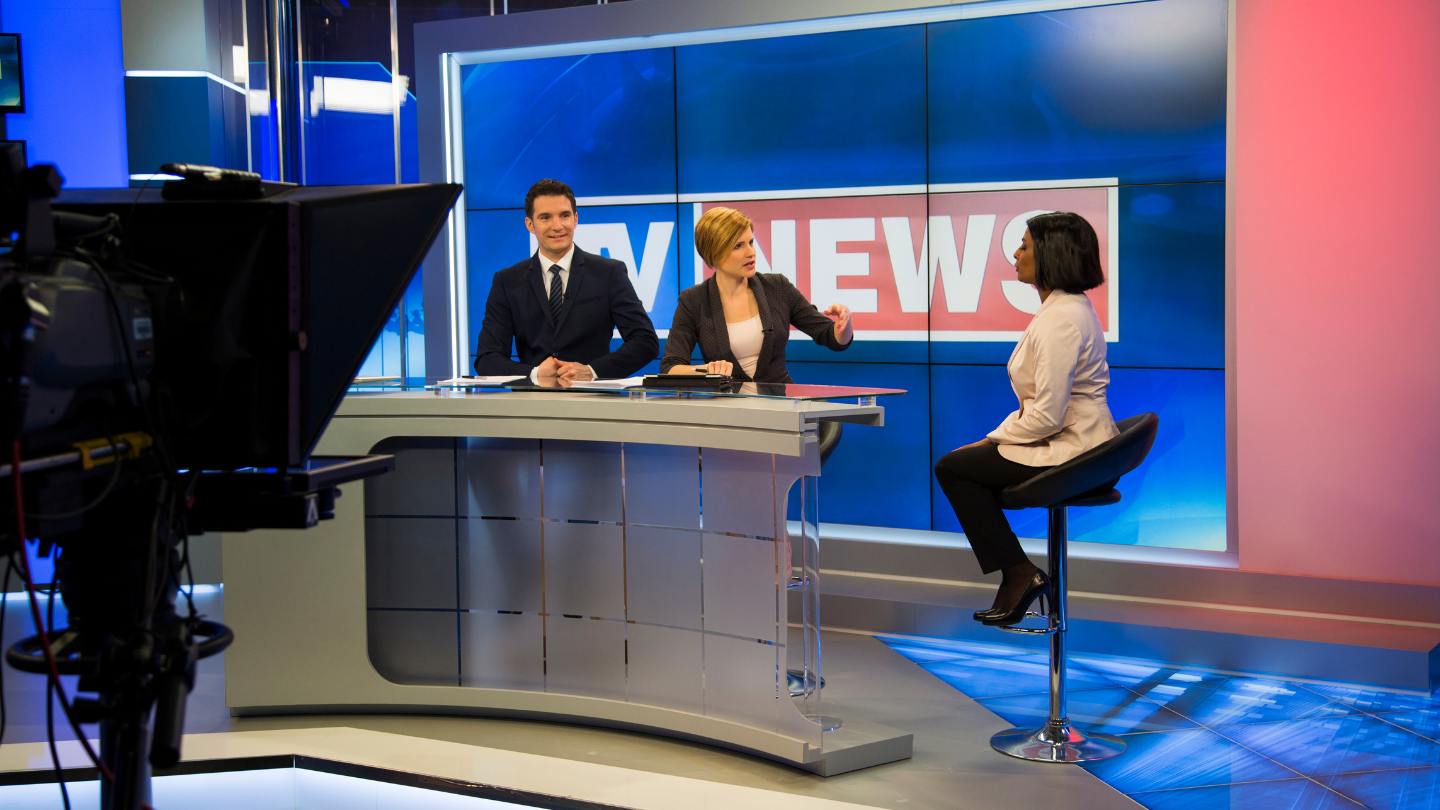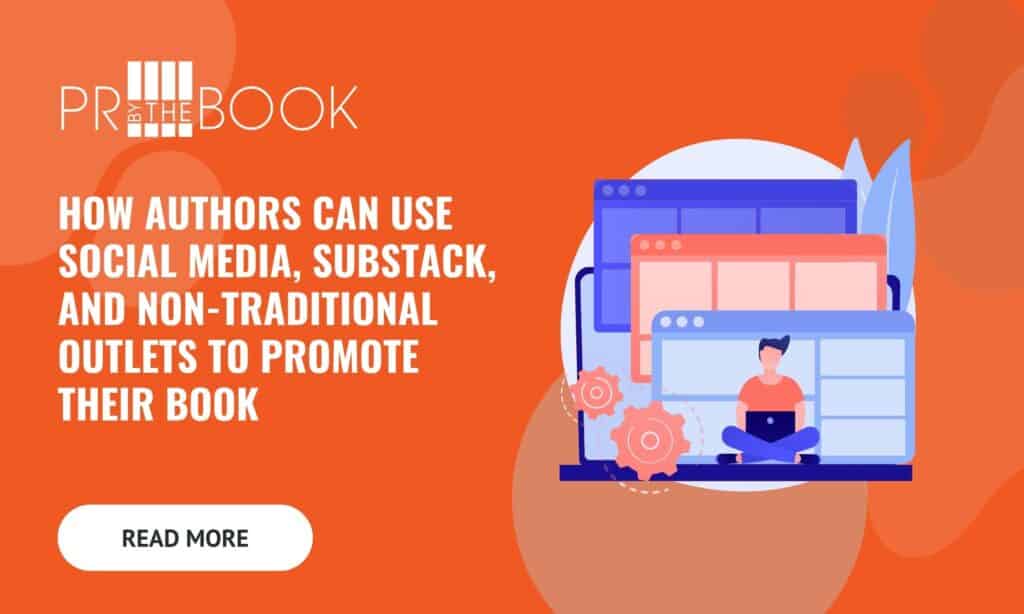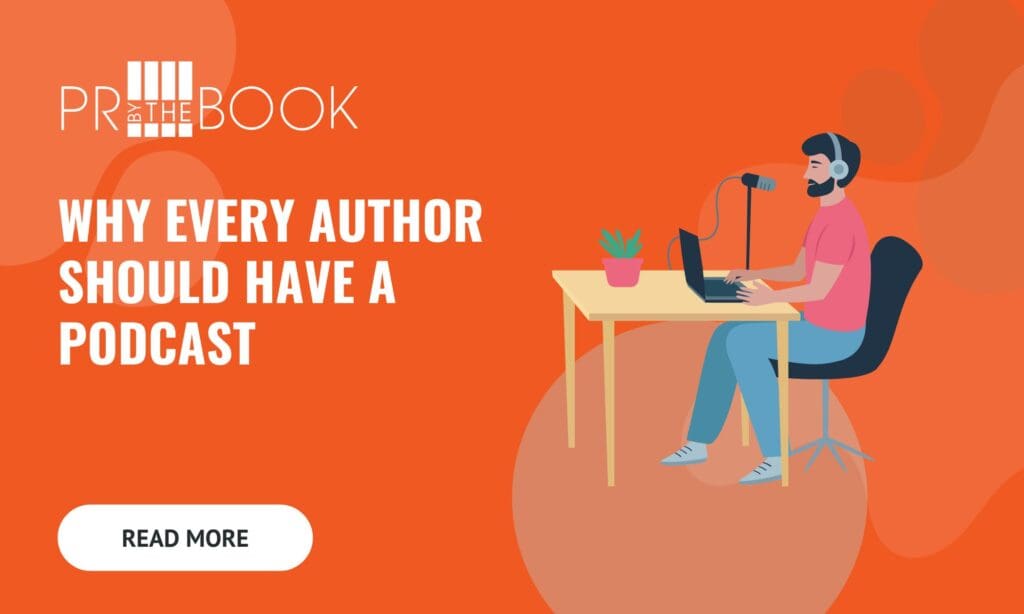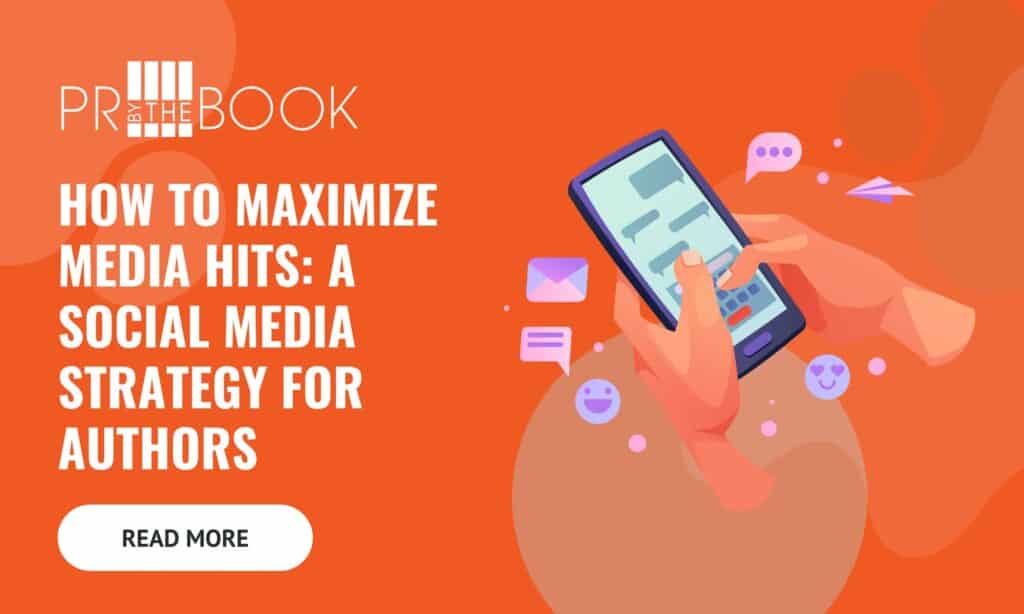How to Maximize Media Hits: A Social Media Strategy for Authors
-
Contributor
- Reading Time: 9 Minutes

SHARE
Maximize the impact of your book publicity campaign with this guide on integrating media coverage into a robust social media strategy. And discover how to transform media hits into powerful marketing tools that resonate with readers and create buzz.
A well-coordinated book publicity campaign thrives on visibility, and media hits are valuable assets in this process. Media coverage, like a favorable review, interview, or article, validates the book’s quality, adds credibility, and builds buzz among potential readers. However, capturing a media hit is only part of the equation—the real impact comes when you amplify these hits on social media, making sure they reach a broad audience.
Here’s how to maximize the reach of media hits across various social platforms, write engaging social copy, and effectively tag and thank media outlets to create a successful, comprehensive social media campaign.
Choosing the Right Platforms to Share Media Hits
Each platform has unique characteristics, and sharing media hits strategically across them can increase reach and engagement. In addition to social media, email provides a direct line to readers, making it a valuable asset for sharing significant media coverage.
- Instagram: Instagram is highly visual, so any media hit shared here should be accompanied by a compelling graphic, photo, or video. Instagram Stories and Reels are particularly effective for real-time promotion, while permanent posts are best for high-profile hits that you want to highlight over time. Adding a link to the media hit in your bio or Stories (using a “Link in Bio” tool) can also increase accessibility.
- Facebook: As a platform with a wide range of demographics, Facebook is a great place to share media hits, especially when targeting varied age groups. Facebook’s algorithm favors multimedia posts, so include images, videos, or links to give your post maximum reach. In addition, Facebook Groups relevant to your book’s genre can be a perfect venue to share media hits directly with niche communities.
- Twitter/X: X’s fast-paced nature makes it ideal for timely promotion. Short, catchy tweets with links to the media hit and relevant hashtags can quickly spread among audiences. Retweeting or tagging the media outlet and journalist in the post shows appreciation and builds connections. Pin high-profile media hits to the top of your profile for added exposure.
- LinkedIn: For nonfiction authors, LinkedIn is valuable, especially if the media hit covers a topic related to industry expertise or professional accomplishments. Here, share media hits in a professional tone, emphasizing the insights or contributions made in the article, review, or interview. Engage with your network by asking a question related to the media hit to encourage discussions.
- TikTok: If your target readers are on TikTok, consider creating short videos to announce or celebrate media hits. TikTok is ideal for a behind-the-scenes look at the interview or a recap of key points discussed. Personalizing media hit announcements for TikTok can create an authentic connection with viewers.
- Email: Email provides a direct channel to your most engaged followers and readers. Include media hits in your regular newsletter, highlighting the article or interview and linking to the original source. A brief summary of key points or a standout quote from the media coverage can engage readers and encourage them to click through. By sharing media hits in emails, you ensure that loyal subscribers don’t miss any exciting news. A great example of how to meaningfully incorporate media hits into your email is John Pavlovitz incorporation of hits into his newsletters. Author of Worth Fighting For: Finding Courage and Compassion When Cruelty is Trending, John includes quotes from past hits throughout his email copy. Check out newsletter example of his here.
Crafting Compelling Social Copy for Shared Media Hits
Writing engaging social copy can be as important as the media hit itself. Here are some tips to make your copy compelling:
- Create a Hook: Grab your audience’s attention from the beginning. Use questions, bold statements, or intriguing tidbits from the media hit to pique interest. For example, “Ever wondered what inspired [Book Title]? Read my latest interview with [Media Outlet] to find out!”
- Highlight Key Points: Summarize the media hit by pulling out one or two significant quotes, points, or insights. This allows readers to quickly understand what they’ll gain from reading the full article, review, or interview.
- Use Active Language: Phrasing like “Check out,” “Read more,” or “Learn why…” encourages engagement. For example, “Check out my in-depth interview with [Media Outlet] and discover what I think about [book’s theme, character, or topic].”
- Show Appreciation: If a journalist took the time to review or interview you, acknowledge them! Phrasing like “Thanks to [Journalist’s Name] and [Media Outlet] for the opportunity to share my journey,” gives credit and builds goodwill.
- Add a Call-to-Action (CTA): Encourage followers to engage. CTAs like “Share your thoughts in the comments,” “Tag a friend who would love this,” or “Follow [Media Outlet] for more book recommendations!” can increase interaction.
Looking for examples? Check out PR by the Book’s Twitter/X, Facebook, and Threads, where we share the media hits of our authors.
The Importance of Tagging and Thanking Media Outlets
Tagging the media outlet and journalist is essential when sharing a media hit for a few reasons. First, it acknowledges and thanks them for their work, demonstrating professionalism and appreciation. Second, it strengthens your relationship with the outlet, making it more likely they’ll cover future books or events.
In addition, tagging makes it easy for the outlet to reshare your post, which can significantly increase its reach. Many media outlets and journalists regularly engage with authors and readers on social media, so there’s a good chance they’ll reshare a post that tags them, amplifying your exposure.
When tagging, consider the following tips:
- Tag Outlets in the Post and Image: Some platforms, like Instagram, allow you to tag people or organizations in the image itself. This makes the tag more visible, and the outlet is more likely to notice and engage with the post.
- Thank the Journalist by Name: If the journalist is active on social media, tag them by name in addition to tagging the outlet. For example, “Thanks, @[Journalist], for a fantastic interview!” This adds a personal touch to your gratitude.
- Engage with Their Content: Building relationships goes beyond a one-time tag. Follow the media outlet and journalist, engage with their content, and show support for their work regularly. Over time, this rapport could lead to stronger media partnerships and more coverage.
Repurposing Media Hits Across Multiple Platforms
One media hit can yield multiple types of posts if repurposed creatively. Here are some ideas:
- Quote Graphics for Instagram or Facebook: Pull a memorable quote from the article and create a graphic. This type of post is visually appealing and provides value to followers.
- Carousel Posts or Threads for In-Depth Interviews: If the media hit is an in-depth interview, consider creating a carousel post (Instagram/Facebook) or a thread (Twitter/X) highlighting different questions and answers. This approach provides a deeper look at the interview while allowing you to repurpose a single media hit multiple times.
- Video Clips or Sound Bites: For broadcast media hits, ask for permission to share a short clip. These make great posts for Instagram Stories, Facebook, and even LinkedIn.
- Newsletter Features: Media hits can also be highlighted in your author newsletter, offering subscribers an insider look at your recent accomplishments and ensuring that your hard-earned media attention reaches your most loyal followers.
Building Long-Term Relationships Through Gratitude and Engagement
Sharing a media hit isn’t just about boosting visibility for one book. When you take time to tag, thank, and engage with the media outlets, you’re building long-term relationships. By acknowledging their role in the book’s journey, you open the door for future opportunities. Journalists appreciate authors who are easy to work with and actively support their work, which can ultimately lead to a more successful media presence in the long run.
Conclusion
Media hits are an invaluable part of a book publicity campaign, but the way they’re shared on social media can determine their overall impact. By selecting the right platforms, writing compelling social copy, and tagging and thanking outlets, authors can maximize each media hit’s reach. This approach not only expands the book’s visibility but also builds a stronger media presence, creating a lasting and engaged readership.
Don’t miss out on the chance to make your book shine—contact PR by the Book today to explore tailored strategies that will captivate your audience!
Want to learn more about the digital side of PR? Check out:
How to Promote Your Book on Meta
Making the Most of Your Goodreads Author Profile Program
Mobilizing Your Tribe: Engaging Your Followers for Book Marketing
Contributor

How Authors Can Use Social Media, Substack, and Non-Traditional Outlets To Promote Their Book
How Authors Can Use Social Media, Substack, and Non-Traditional Outlets

Why Every Author Should Have a Podcast
Why Every Author Should Have a Podcast SHARE How podcasting

How to Maximize Media Hits: A Social Media Strategy for Authors
How to Maximize Media Hits: A Social Media Strategy for
